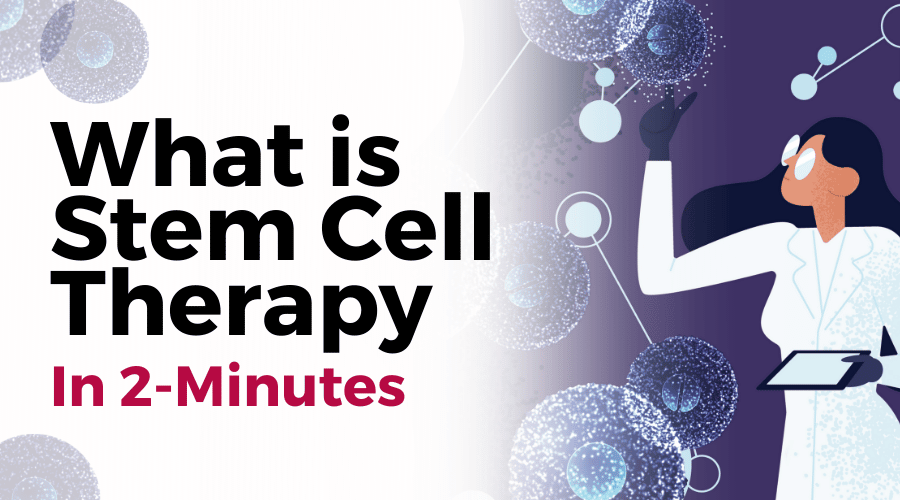Stem Cell Therapy
Stem Cell Therapy
Stem cell therapy is a form of treatment that uses stem cells to repair or replace
damaged tissue. It is a promising form of regenerative medicine and has the
potential to be used for a number of diseases marketfold, injuries and health conditions.
The most common type of stem cell therapy is bone marrow transplantation, which
has saved the lives of thousands of patients who were diagnosed with leukemia. It
also is a powerful tool for treating other medical conditions and diseases such as
lupus, lymphoma and rheumatoid arthritis.

Bone marrow transplants use blood-forming stem cells from another person, called a
donor. These stem cells can replace unhealthy blood cells and produce new blood
cells https://marketfold.com/news/introducing-the-power-of-cell-. They also help the body’s immune system work properly and protect against
infections.
Aside from blood-forming stem cells, other types of adult stem cells can be used for
stem cell therapies. These include mesenchymal stem cells (MSCs) and neural stem
cells. These cells are found in the bone marrow, fat tissue and skin.
They can differentiate into multiple cell types, including nerve cells, muscle cells and
fat cells. In addition, they are less likely to be rejected by the body’s immune system
than embryonic stem cells.
iPSCs, or induced pluripotent stem cells, are a newer type of stem cell. They were
first discovered in 2006 and are now a potential alternative to embryonic stem cells
for treating various diseases.
While iPSCs have shown promise, they still require extensive research to determine
their safety and effectiveness. Researchers are attempting to develop cell lines that
can be quickly cultivated into specific mature cells. This is an important step in
accelerating the development of therapies that can be delivered directly to the
patient’s body.

In general, scientists need to test stem cell therapies in several animal models
before they can be deemed safe and effective for human use. Many animal models
don’t exactly mimic the signs and symptoms of disease in humans, which makes it
difficult to determine how a stem cell therapy will work in people.
It’s also important to note that most stem cell treatments are not FDA-approved for
use in the United States. They are only approved for use in certain medical
conditions that involve the body’s hematopoietic system (the cells that produce
blood).
The FDA regulates the development and approval of new medical products, so it is
essential to check whether a treatment or therapy has been FDA-approved before
you sign up to receive it. Unapproved treatments may have more side effects or be
contaminated with harmful materials that can be dangerous for you.
You should also be aware of stem cell treatments that are being offered by
unregulated clinics. These practices can be unsafe and can result in serious health
complications, including blindness or other life-threatening outcomes.
There are other issues with unregulated clinics as well, such as false or misleading
information about stem cell treatment. They can also have inadequate or improper
sanitation, disinfection and sterilization procedures.…





